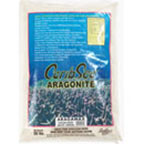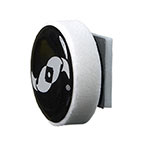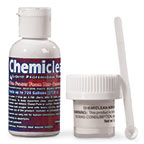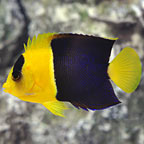Horseshoe Crab
(Limulus polyphemus)
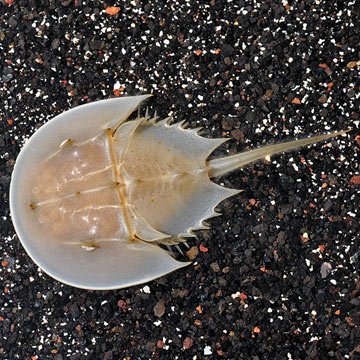
Please Note: Due to variations within species, your item may not look identical to the image provided. Approximate size range may also vary between individual specimen.
Please Note: Due to variations within species, your item may not look identical to the image provided. Approximate size range may also vary between individual specimen.
Horseshoe Crab
(Limulus polyphemus)
Additional locales and sizes may be available!
Additional locales and sizes may be available! Email me when available|
Product Notes:
· We cannot ship this product to Pennsylvania. |
Quick Stats
Care Level
Easy
Temperament
Peaceful
Color Form
Tan
Diet
Carnivore
Water Conditions
72-78° F, dKH 8-12, pH 8.1-8.4, sg 1.023-1.025
Max. Size
2'
Family
Limulidae
Supplements
Calcium, Magnesium, Iodine, Trace Elements
Minimum Tank Size
180 gallons
Compatibility
View Chart
What do these Quick Stats mean? Click here for more information
Care Level
Easy
Temperament
Peaceful
Color Form
Tan
Diet
Carnivore
Water Conditions
72-78° F, dKH 8-12, pH 8.1-8.4, sg 1.023-1.025
Max. Size
2'
Family
Limulidae
Supplements
Calcium, Magnesium, Iodine, Trace Elements
Minimum Tank Size
180 gallons
Compatibility
View Chart
What do these Quick Stats mean? Click here for more information
Overview
The Horseshoe Crab is greenish brown to light tan in color. The dorsal part of the body is rounded, and it has a long spike for a tail. The Horseshoe Crab is really not a crab, but more closely related to spiders and mites, belonging to a group of animals called chelicerates. Horseshoe Crabs can grow quite large. The female horseshoe crabs usually grow larger than the males, with their body reaching a maximum size of 12 inches in diameter. When small, they are very efficient scavengers and are great for aerating and maintaining sand beds.
The Horseshoe Crabs dig through sand and gravel in search of worms and any organic debris. It will move the substrate around almost nonstop in its search for food. They are reef safe, but when they attain a large size, can be harmful to fish and invertebrates, especially worms and clams.
Although it may find some food scavenging, its diet should be supplemented with meaty items such as pieces of squid and shrimp.
Approximate Purchase Size: Small: 1" to 2"; Medium: 2" to 3"; Large: 3" to 4"
Supplies You May Be Interested In
Customer Testimonials
Abbey B
West Allis , WI
I own one horseshoe crab and I absolutly love him! He is very interesting to watch. and plows through my sandbed and is helping a lot with my diatom problem.
Christian L
Ypsilanti , MD
Awesome little guy...when you can find him. He spends a lot of time uner the sand during the day, so I recommend a moonlight so you can see him when the tank is dark. All my inverts are active at night and it seems there is more activity at night than during the day! When it is dark I follow his tracks in the sand. This pre historic creature is highly entertaining, the fact that he remain hidden much of the time adds to his character.
1-2 of 2 testimonials




